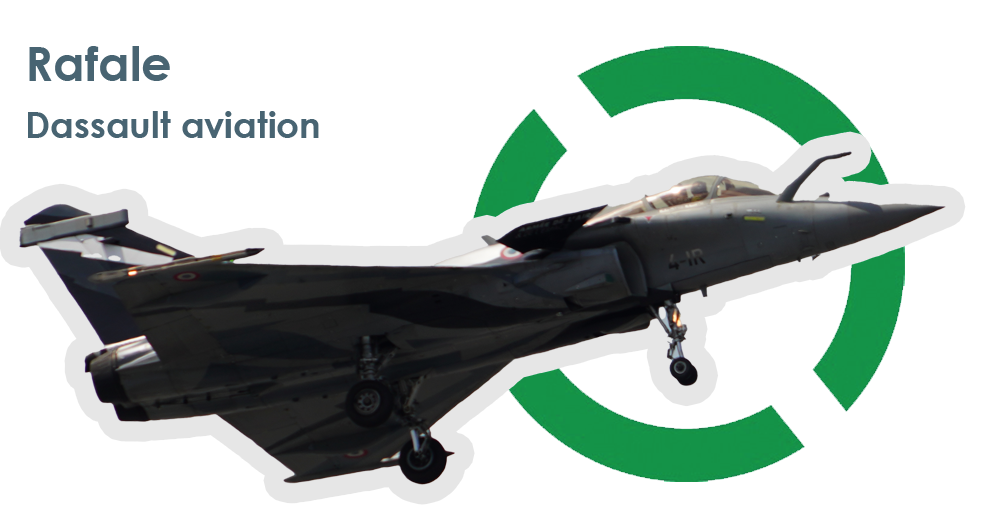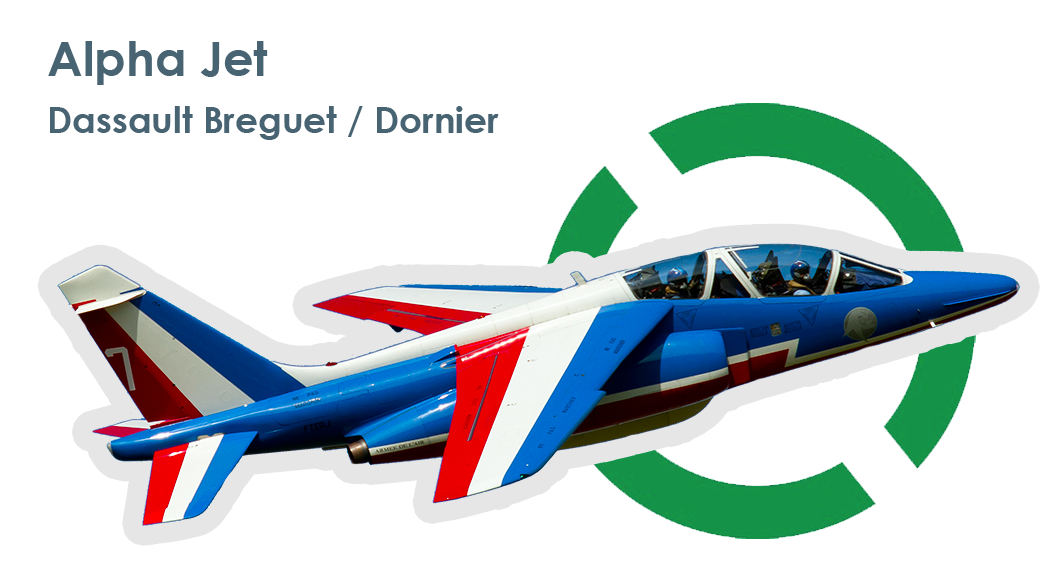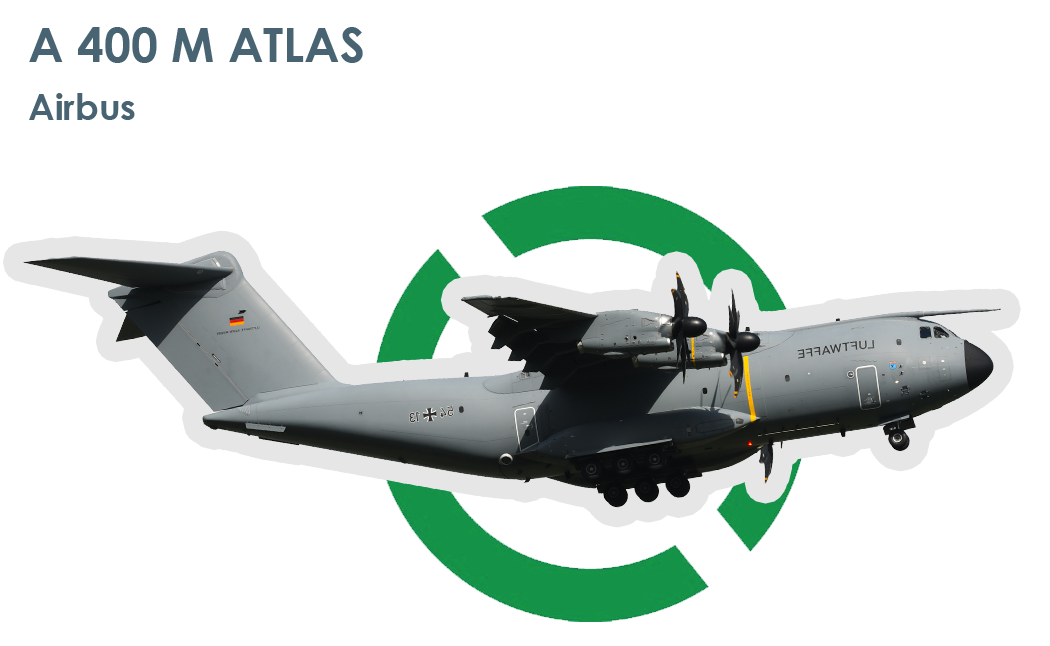July 14: When our components take flight aboard iconic aircraft
Rafale, Alpha Jet, F-16, A400M, Tiger Helicopter… Exxelia plays a critical role in supplying high quality components that allow these aircraft to fly with power and precision for the July 14 parade. In addition, this year marks the 25th anniversary of the partnership between France and India.
 The Rafale, flagship of French aviation
The Rafale, flagship of French aviation
The Rafale, a French multipurpose combat aircraft, is a symbol of air power. Exxelia is proud to be the preferred supplier of electronic components for this exceptional aircraft. Thanks to our expertise in high-performance components, the Rafale is able to deploy its maximum power during critical missions. Whether in the air or on the ground, Exxelia components guarantee the reliability and exceptional performance of the Rafale. Exxelia is onboard with Film & Tantalum capacitors, Ceramic capacitors, High voltage capacitor block, Electrolytic aluminum capacitors, Magnetic components, Slip Rings & potentiometers, Miniature filters & Resistors.

 The Alpha Jet, ambassador of French excellence
The Alpha Jet, ambassador of French excellence
The Alpha Jet, an advanced training aircraft used by several air forces around the world, is another example of aircraft that carry Exxelia components. With its maneuverability and versatility, the Alpha Jet is a preferred choice for pilot training and reconnaissance missions. Exxelia contributes to the reliability of this aircraft by supplying state-of-the-art electronic components for aeronautics, thus guaranteeing its proper functioning and safety.
Our miniature capacitors with a high capacitance value from the CNC series range equip the Aphajet https://exxelia.com/en/product/detail/2/cnc-series

The F-16, international cooperation
When we talk about the national holiday of July 14, it is also important to highlight the international partnerships that strengthen our aeronautical industry. The F-16, a multipurpose combat aircraft developed in collaboration with the United States, is a striking example of this cooperation. Exxelia supplies essential components for the F-16, thus contributing to the success of this strategic alliance.
 The Tiger Helicopter: Air Force in Action
The Tiger Helicopter: Air Force in Action
The Tiger helicopter embodies the power and versatility of combat helicopters. Whether for reconnaissance, fire support or anti-tank missions, the Tiger is a reference in terms of operational performance. Exxelia contributes to the reliability of this aircraft by supplying state-of-the-art electronic components for defense.
 The A400M, a giant of the air
The A400M, a giant of the air
The A400M multipurpose military transporter is another aircraft that proudly incorporates Exxelia components. Designed for tactical, strategic and logistical transport missions, the A400M is a major asset for air forces. We equip the engine control & monitoring unit (EPMU), but also the MTU Aeroengines with our PET PM 90R2 47uF 20% 200V polyester film capacitors and the ICM Interconnection module - Transient filter design with C Series C48K high voltage ceramic capacitors (C480YCW 10nF 10% 500V - C280YCW 100nF 10% 500V).

Custom design film : optimized characteristics and integration
SPT1221W 300nF 10% 630V (SMD)
SP2983W 100uF 5% 500V

SP3012W 4,7uF 10% 500V (THT)